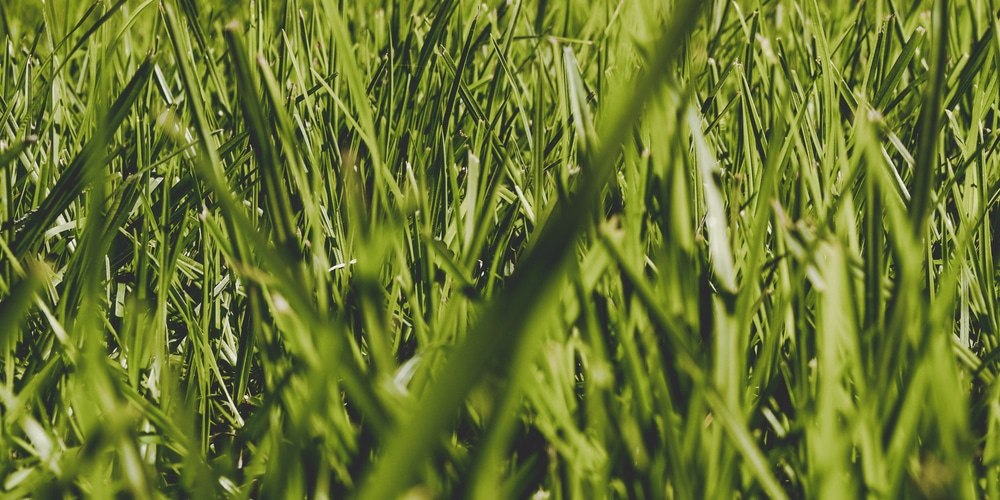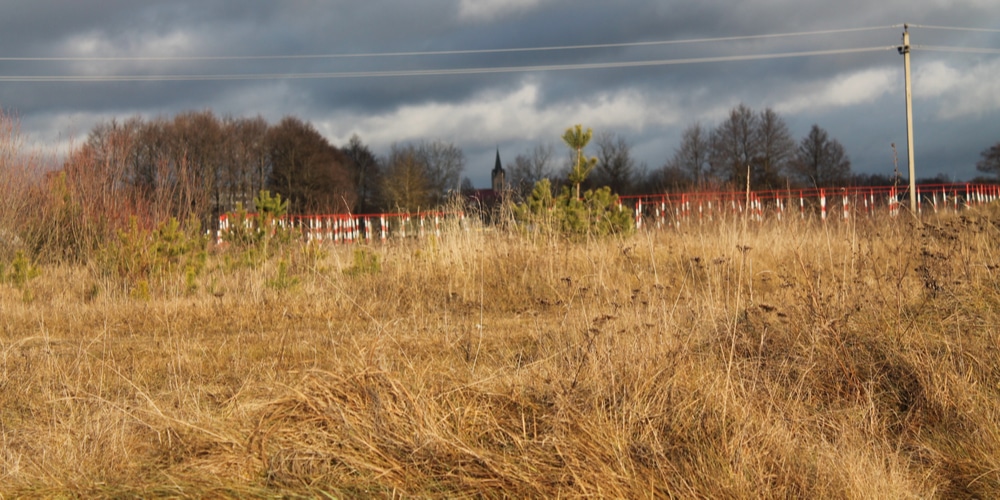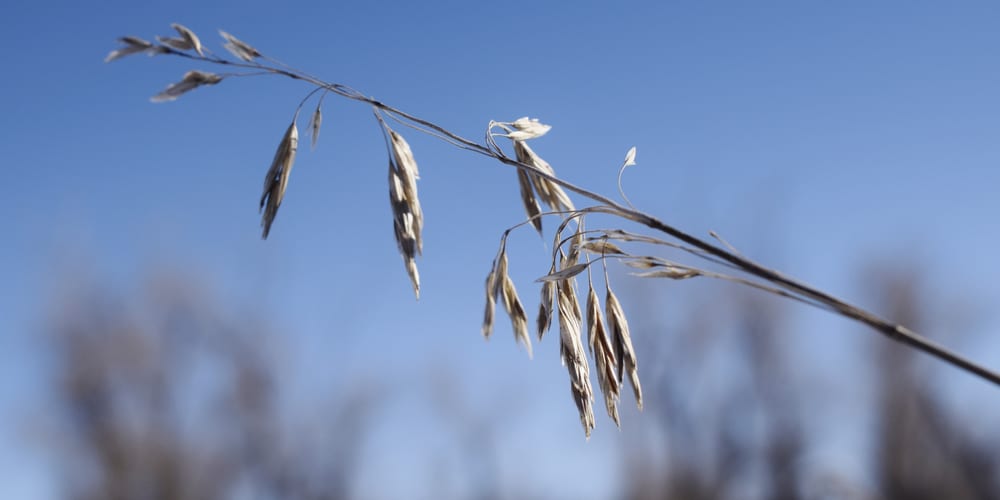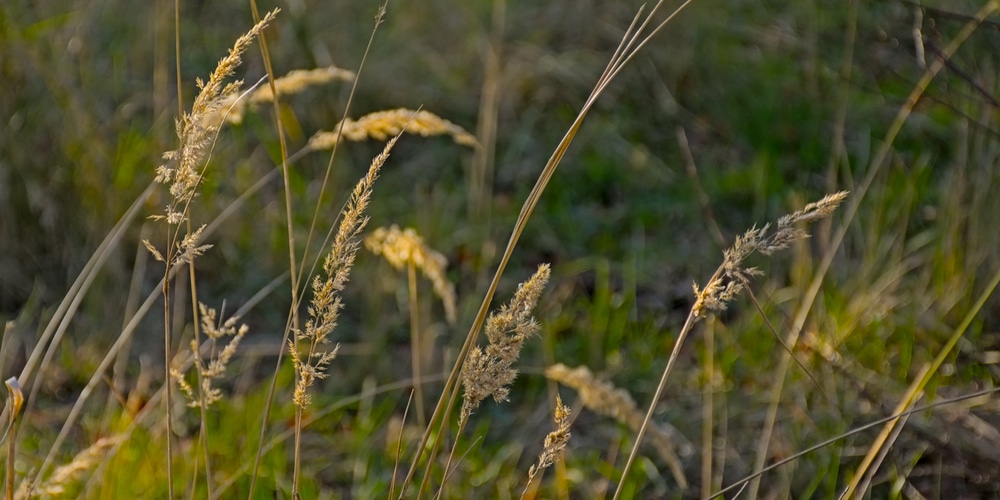Colorado native grasses are recommended for those who want a highly adapted and thriving lawn as it requires less guesswork in terms of watering, fertilizing and mowing.
Colorado native grasses
Here are 5 grasses that are native to Colorado.
Buffalo Grass
Buffalo grass is a perennial that’s native to North America. It’s characterized by short, thick leaves and makes for a dense turf. It’s highly popular in the US since it can tolerate drought and shade, as well as light traffic and environmental wear and tear.
The best time to plant buffalo grass in Colorado is from March to early August. The grass species loves full sunlight and requires very little watering once it’s established in your yard or lawn.
You won’t need to mow as much, and if you do it’s recommended that you set it to the highest level. It’s best to retain a two-inch height to encourage it to spread and grow further.
Fertilizing should be done once a year and only from July to August.
Blue Grama
If you want a turf that’s long-lived and suitable for Colorado climate then the Blue Grama should be top in your list. Bouteloua gracilis is a warm season grass that can be found in several states, including Mexico, the Midwest and the Rocky Mountains.
You can easily tell a Blue Grama by its blue-green seedheads and fine leaves. The flower spikes bring a subdued color to your lawn. In terms of care and maintenance the grass is easier than most- just give it a sunny location and give it some water on the hottest days and it should continue to thrive.
You’ll love how Blue Grama is drought tolerant and keeps itself pest free throughout the growing season.
It peaks at fall with the blades turning tawny. It can even survive light to medium traffic and footfalls and spring right back up after several weeks.
Streambank Wheatgrass
Streambank wheatgrass is a cool season perennial that’s native to Colorado. It has a pleasant spread of blue-green colors that’s mild and relaxing to see. The thin blades are uniform and create a thick and consistent texture in your yard or lawn.
The grass is valued for its excellent vigor and rhizomes that have a sod forming habit. It’s also long-lived, which means you won’t have to worry much about changing your landscape every now and then. The spread isn’t as fast and they’re not invasive.
Streambank wheatgrass is the recommended native grass if you want greenery during spring through early fall. It’s great as a groundcover and plays nicely with your other plants or shrubs. Furthermore, it can withstand periods of drought, heat and cold and will come back as vigorous and healthy as ever.
Western Wheatgrass
A cool season variety that has dense and curious spikes, Western wheatgrass is characterized by a white silvery coating that adds sheen to the blue green leaves. The turf grass is dense and can quickly crowd up a space when there’s sufficient watering or rainfall.
Western wheatgrass is the preferred grass to control erosion- its roots hold fast to the ground and absorb moisture much more quickly compared to other grass types.
However, it can grow quite thick and will not allow other plants in the neighboring area to grow to their full potential.
The perennial grass does bloom in the months of May or June with small yet cheerful yellow blooms. It can grow up to 3 feet in height and can tolerate partial shade in the afternoon. Furthermore, it can adapt to poor-draining soil and the occasional drought.
Prairie Junegrass
Prairie Junegrass is also known as Prairie Koeler’s Grass and grows as a perennial. The leaves take on a gray green hue and will have spiky seed heads that start in spring and transform into a tan color in the middle of summer.
The cool season grass goes dormant late summer and comes back next spring. One thing you should know about Prairie Junegrass is that it needs more watering than most and grows well with other plants that can grow while it sleeps in late summer.
Prairie junegrass is attractive to birds and serves as nesting material for bees. It’s a good anti-erosion component as well.
Related Article: The Best Time of Year to Plant Grass in Colorado




